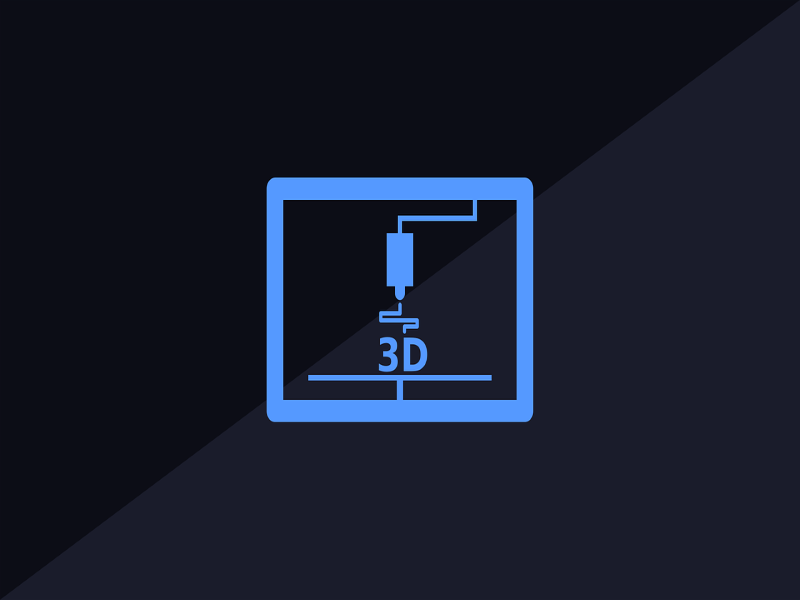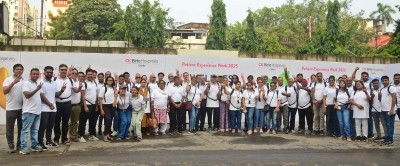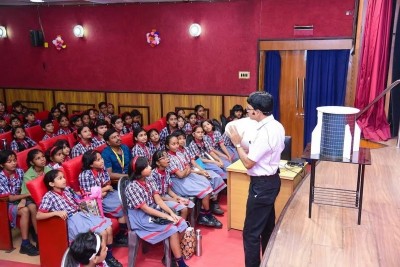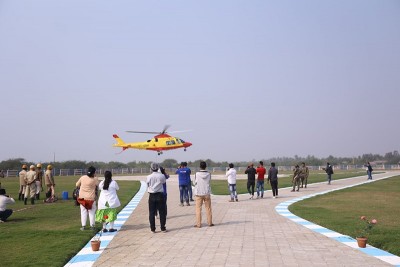 Russian Defence Industry
Russian Defence Industry
Russian Research Agency develops tech for 3D-printing missile engine parts : Expert
Moscow/Sputnik: The Russian Foundation for Advanced Research Projects in the Defense Industry (FPI) developed a technology for creating missile parts, including a combustion chamber of an engine, via a 3D printer, Alexander Panfilov, who leads chemical-biological and medical research at the FPI, told Sputnik on Thursday.
"In 2020, a joint project of the Advanced Research Fund and the Bryansk State Technical University to create a technology for the additive manufacturing of ultra-strong metal products from a wire was successfully completed … We received, without any exaggeration, breakthrough results - the strength of parts is two/two and a half times higher than the strength of the same products made from rolled metal using classical methods," Panfilov said.
According to Panfilov, the results pave a way for using 3D printing technology for the production of missile parts, including an engine combustion chamber capable of withstanding extreme temperatures and pressures. The FPI has already printed some missile parts to showcase them.
Support Our Journalism
We cannot do without you.. your contribution supports unbiased journalism
IBNS is not driven by any ism- not wokeism, not racism, not skewed secularism, not hyper right-wing or left liberal ideals, nor by any hardline religious beliefs or hyper nationalism. We want to serve you good old objective news, as they are. We do not judge or preach. We let people decide for themselves. We only try to present factual and well-sourced news.







